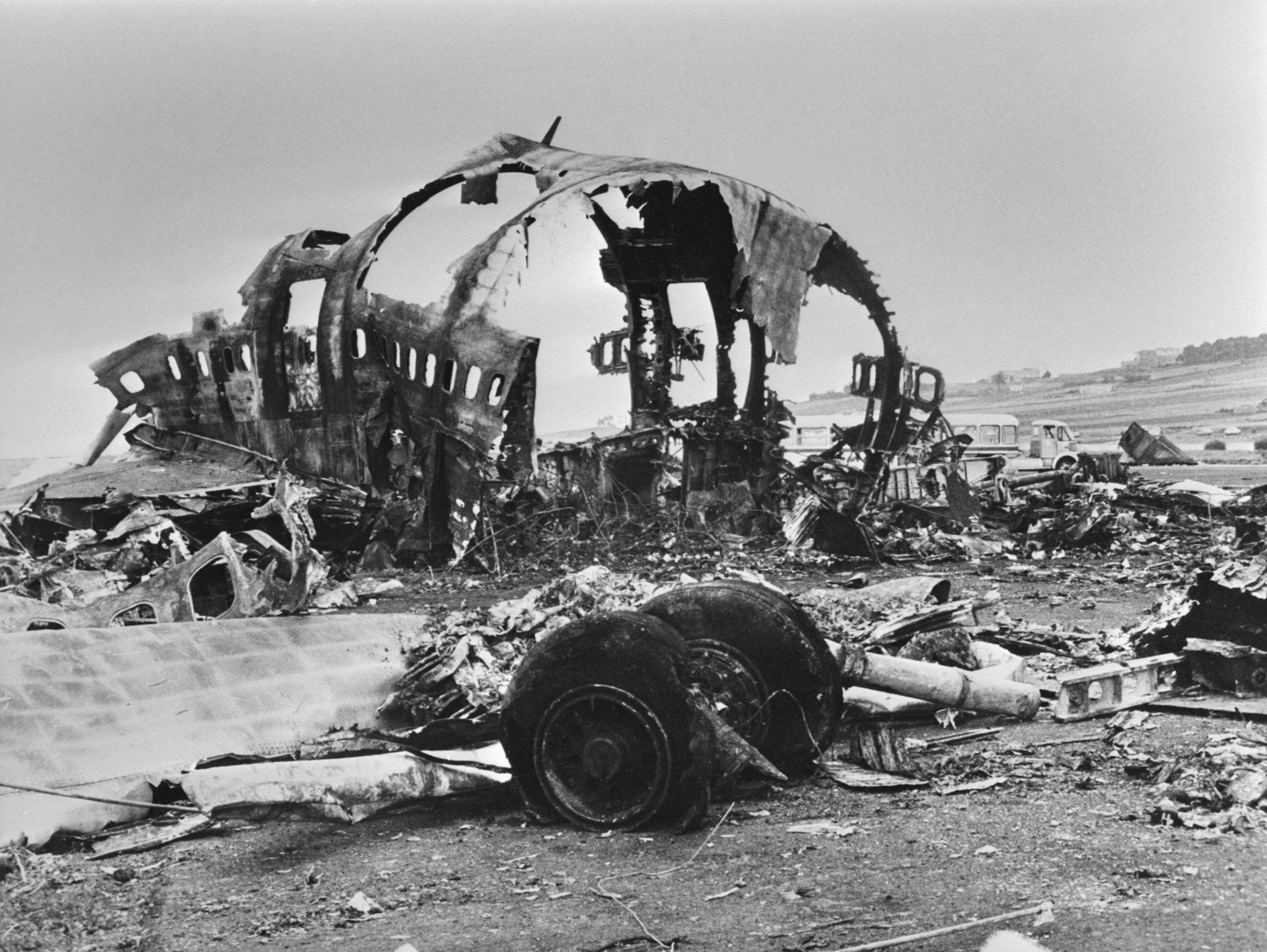Air travel is the safest statistically, but when disaster does strike, the effects are usually devastating. These five airline disasters not only cost hundreds of lives but also altered global aviation safety procedures forever.
1. Tenerife Airport Disaster (1977) – 583 Deaths The most fatal aviation accident in history didn't occur in flight—it happened on the runway. Two Boeing 747s, both operated by KLM and Pan Am, collided at Tenerife Airport in the Canary Islands on March 27, 1977. The dense fog, miscommunication with the air traffic controller, and an early takeoff were responsible for the ghastly crash. A total of 583 people lost their lives during this accident and led to far-reaching reforms in cockpit communication and air traffic procedures.
2. Japan Airlines Flight 123 (1985) – 520 Fatalities On August 12, 1985, a Boeing 747SR on a flight from Tokyo to Osaka had a spectacular failure of its rear pressure bulkhead. The flight crew lost control, and the plane crashed on Mount Takamagahara. Four of the 524 passengers survived. This is still the deadliest single-aircraft incident ever.
3. Charkhi Dadri Mid-Air Collision (1996) – 349 Fatalities Over Indian airspace off Charkhi Dadri, a Saudi Arabian Airlines Boeing 747 and Kazakhstan Airlines Ilyushin Il-76 had a mid-air collision because of communication breakdown and inability to keep assigned altitudes. All 349 individuals on both planes were killed. The accident necessitated the installation of Traffic Collision Avoidance Systems (TCAS) in Indian airspace.
4. Turkish Airlines Flight 981 (1974) – 346 Fatalities A minor design error on the cargo door of a McDonnell Douglas DC-10 was responsible for one of Europe's most disastrous crashes. The door exploded off during flight, cutting control cables and sending the plane crashing into a forest north of Paris. All 346 on board died. The crash compelled manufacturers to re-engine cargo door systems throughout the industry.
5. Air India Flight 182 (1985) – 329 Fatalities This Boeing 747 was flying from Montreal to Delhi when it blew up in mid-air off the Irish coast because of a bomb that had been planted by Sikh terrorists. It was the most fatal terrorist aircraft attack and prompted significant changes in airport security and baggage scanning around the globe.
All of these disasters left behind more than destruction—they left lessons. From better cockpit communication to improved security and aircraft design, the aviation community has grown through these tragic pages. As we remember those who died, we also remember how their stories help make flying safer for all of us.





Comments
Post a Comment